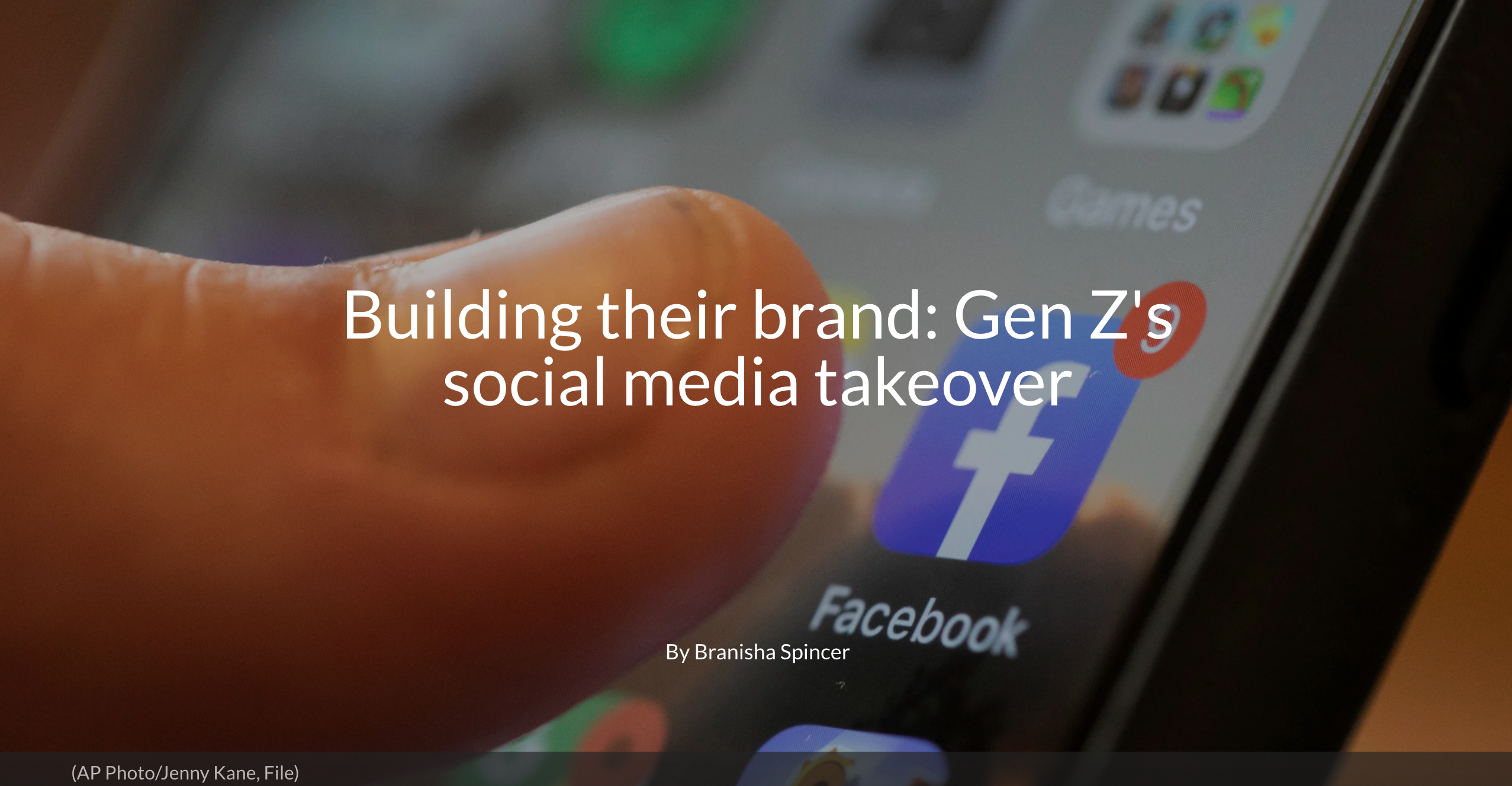A new age of digital entrepreneurship
Gen Z's digital ventures

What comes to mind when you hear the word “entrepreneur?”
It’s probably a door-to-door salesman, or a contestant on ABC’s show "Shark Tank."
When thinking of Generation Z entrepreneurs,
scratch all that.
Click to listen to the podcast.
The newest generation in the work force is redefining entrepreneurship and building accessible digital communities, as no generation has done before.
Not only does the youngest generation in the work force have goals to become entrepreneurs, but they’re redefining the term with help from their digital communities.
"65% of Gen Z respondents already in the workforce expect that, in 10 years, they will be running their own business," according to a report by JA Worldwide and Ernst & Young, conducted during the COVID-19 pandemic.
The nontraditional format
Not all of Gen Z content creators label themselves entrepreneurs.
But vice president of programs, partnerships, and alumni at JA Worldwide Erin Sawyer would disagree.
“An entrepreneurship mindset is accessible and needed for every person, no matter if [they] actually own [their] own business,” Sawyer said. “They are people who think differently about how you tackle systematic problems.”
Social media and technology today mean there does not always need to be a tangible product for entrepreneurs.
Some do offer products, like Tori Villalobos of “Torisartistry,” who sells glitter resin trays and artwork on Etsy and Instagram.
But most of the time, their products are their digital content.
Julian Parra makes career advice videos as “YouKnowItJulian” on Instagram and TikTok, aimed at young professionals.
Yasmin Voong goes by “Mai Ardour” on TikTok, Instagram and YouTube, where she makes sewing videos and shares digital sewing patterns.
Elysse DaVega makes YouTube videos on language learning tips and tricks as “Elysse Speaks.”
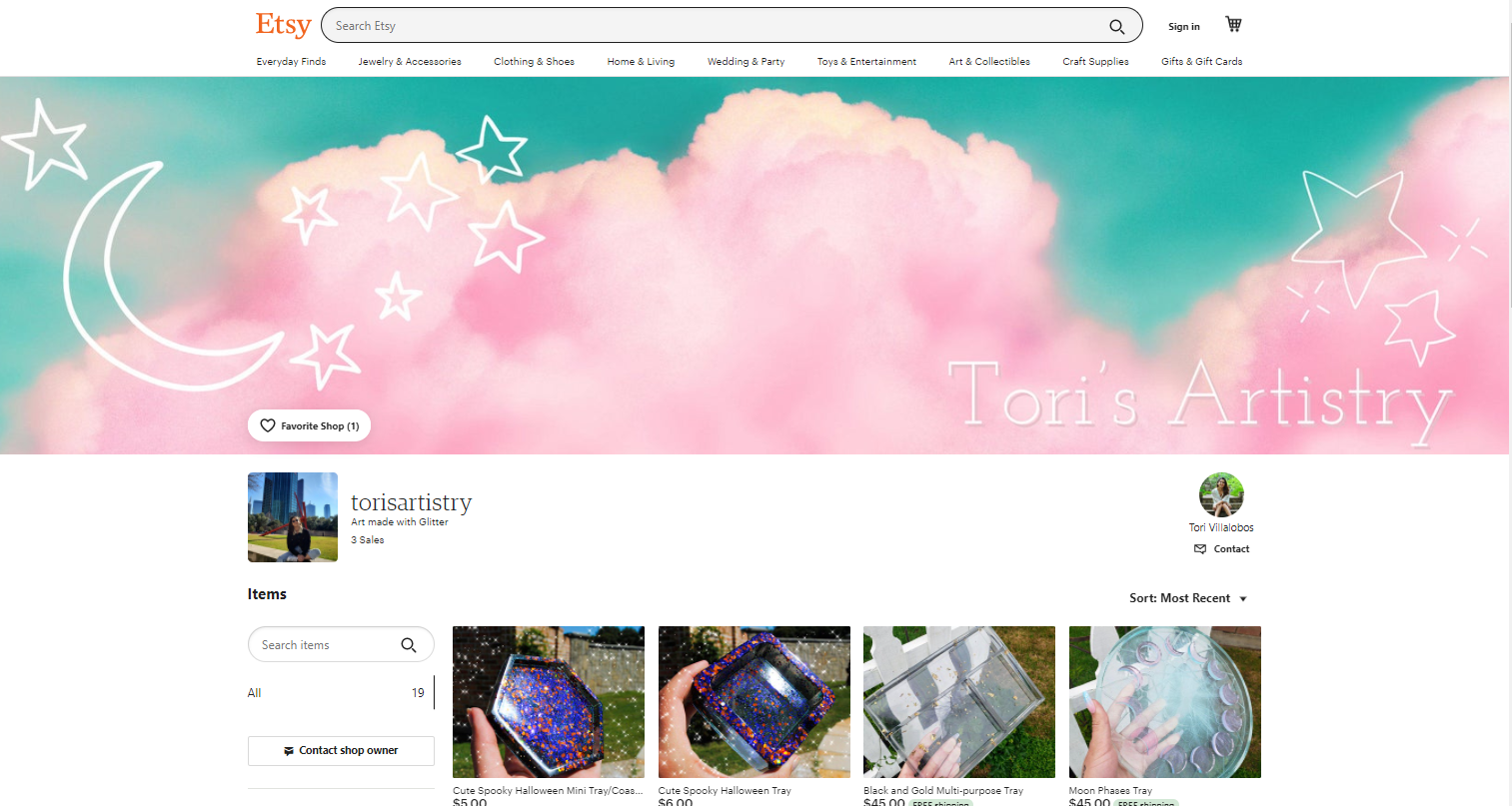
The TorisArtistry Etsy page, where Villalobos sells glitter resin trays and artwork.
The TorisArtistry Etsy page, where Villalobos sells glitter resin trays and artwork.
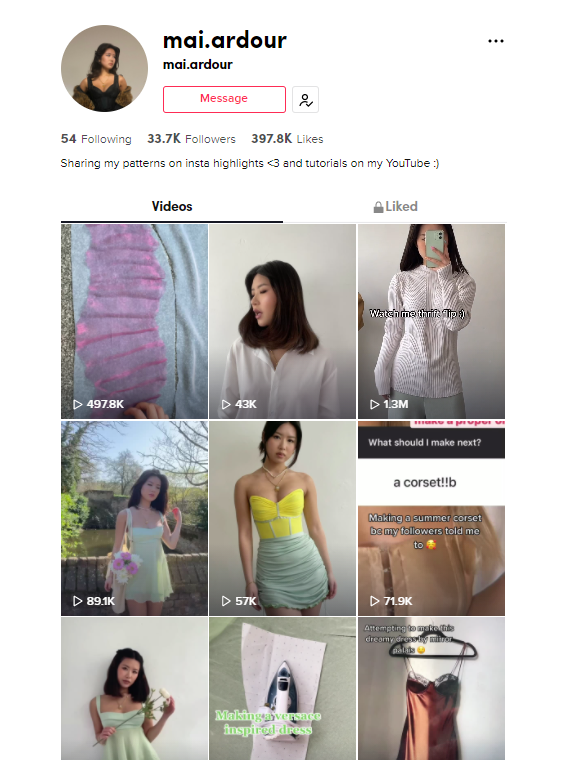
Voong's TikTok page, where she makes sewing videos under the handle "Mai Ardour."
Voong's TikTok page, where she makes sewing videos under the handle "Mai Ardour."
According to Pew Research, in 2021, 84% of Americans age 18-29 use at least one social media site. Within this age group, 95% said they use YouTube, 71% use Instagram and 48% use TikTok.
Most young Americans use multiple social media sites for their businesses because each platform has something different to offer.
“Instagram is a bit more stiff and rigid,” said Voong, who prefers to use TikTok to make videos.
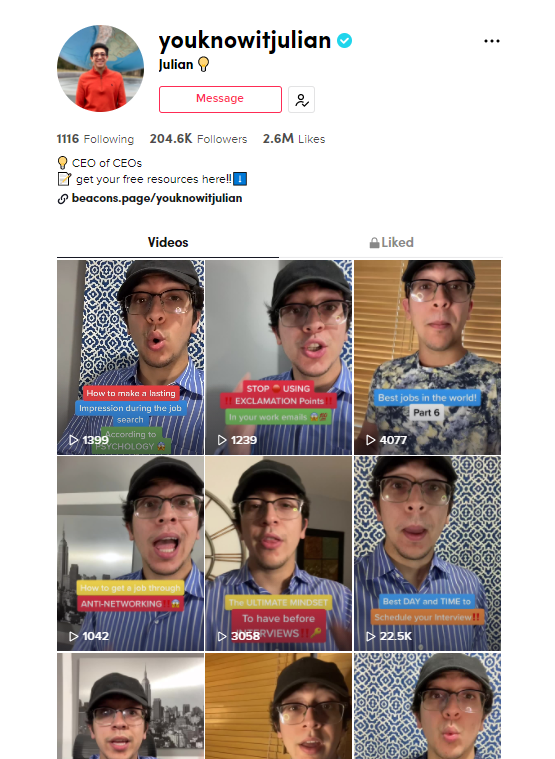
Parra's TikTok page, where followers know him as "YouKnowItJulian." He makes videos about career advice and tips.
Parra's TikTok page, where followers know him as "YouKnowItJulian." He makes videos about career advice and tips.
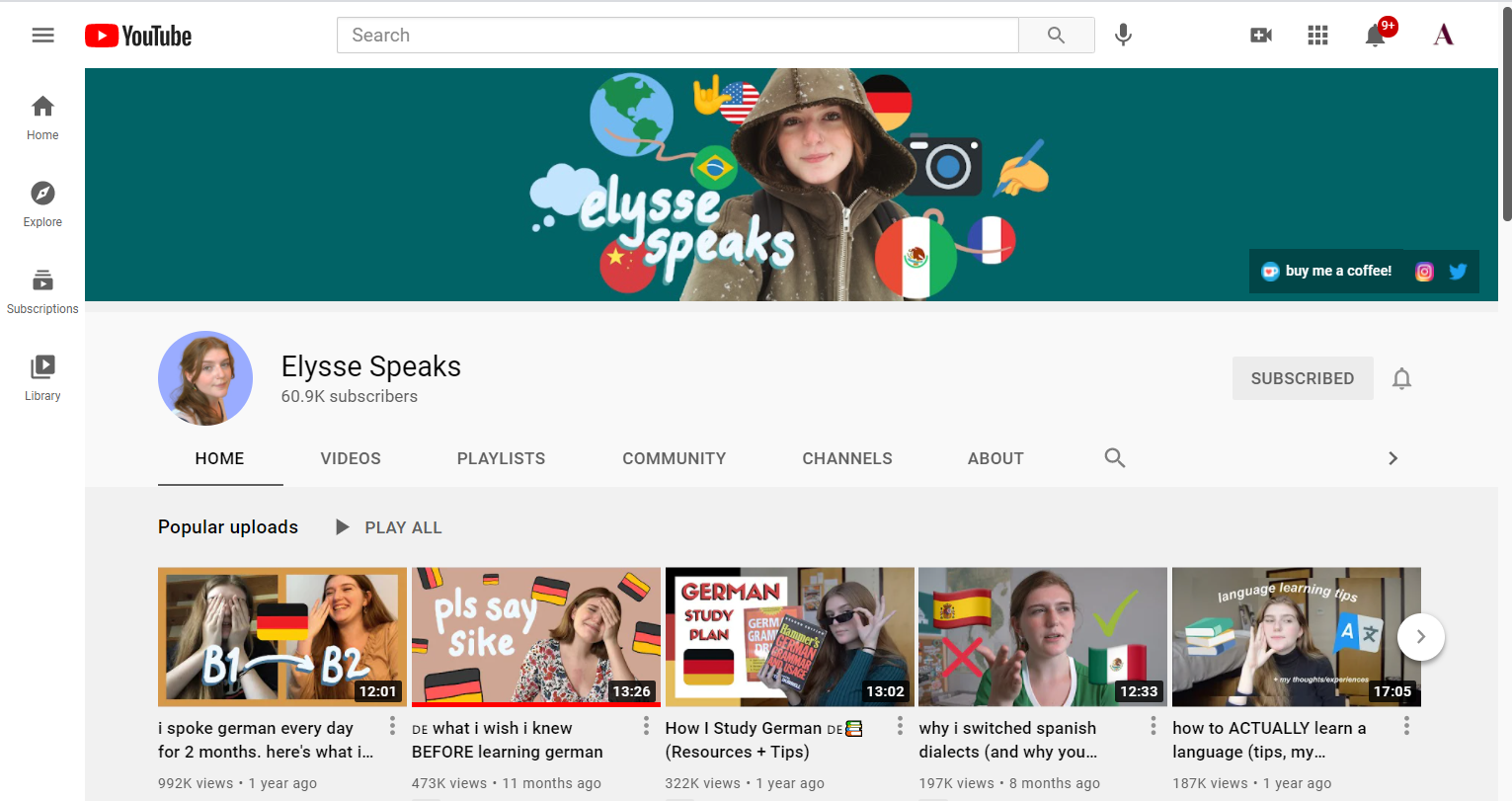
The Elysse Speaks YouTube channel home page, where she makes videos on language learning.
The Elysse Speaks YouTube channel home page, where she makes videos on language learning.
Parra had tested YouTube with skits and similar career advice videos before making the switch to TikTok.
“TikTok lowers those barriers of entry because of the way the algorithm is,” he said.
The site’s algorithm allows new users, who would not have a big number of followers initially, to better distribute their content. This means users have a better chance of a video going viral.
“I thought I could contribute to that early trend of educational TikTok,” said Parra.
Though Etsy does not necessarily offer viral opportunities, it offers sellers, particularly part-time sellers, a less intensive way of putting products on the market.
“It’s a lot easier to put your stuff out there and just let it be,” Villalobos said, who is currently studying graphic design at Texas A&M University-Commerce. “With Instagram you have to have a following and be on there all day.”
YouTube has been around the longest of these social media platforms, since May 2005, beating Etsy’s emergence by just a month. The former platform offers abundance and variety by way of engaging with its newest users.
“We take a lot of stuff à la carte [now],” DaVega said. “I get such a big variety on my home page.”
She uses the site to explore videos about true crime and Korean cooking in addition to creating language learning content.
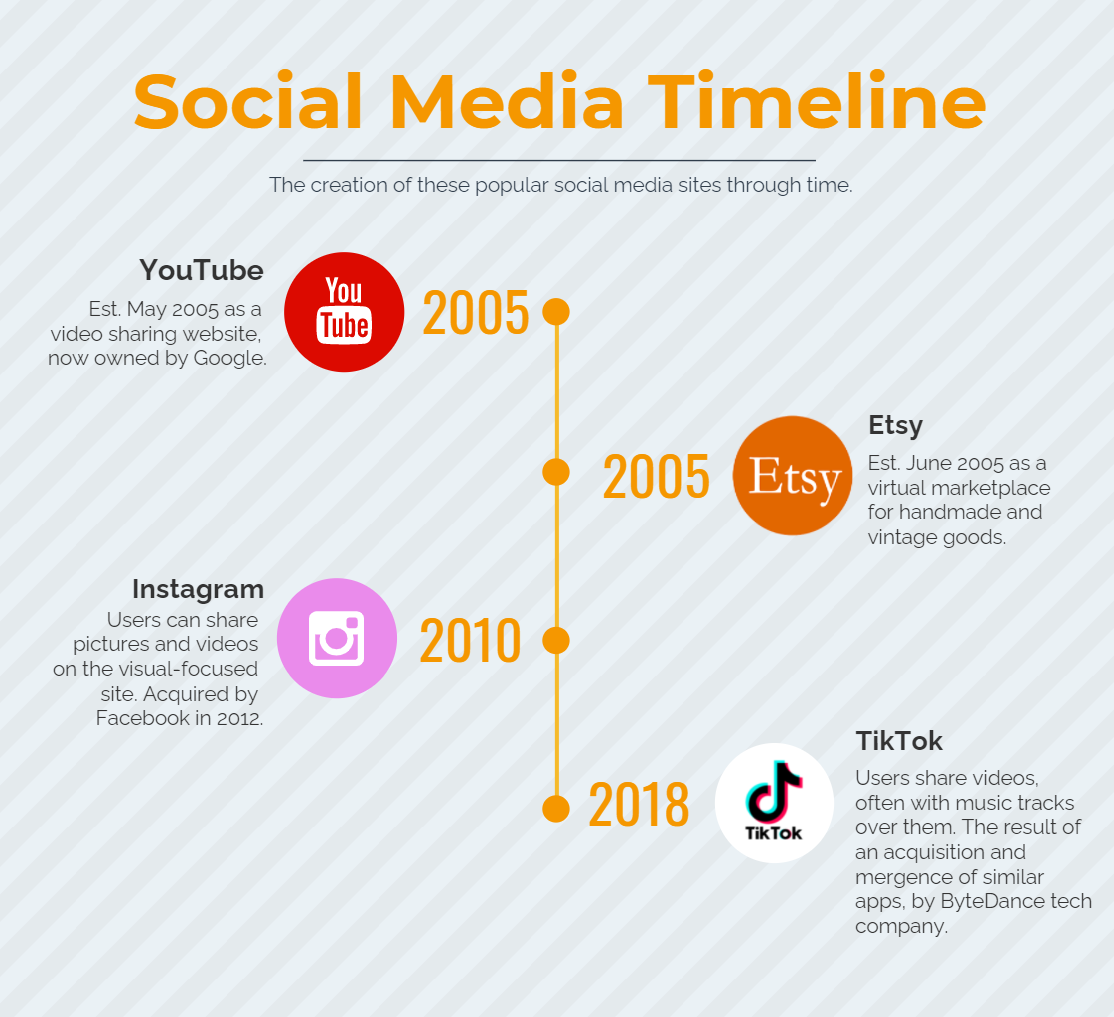
A timeline of some social media sites. Infographic created on Venngage by Abby Hoffacker.
A timeline of some social media sites. Infographic created on Venngage by Abby Hoffacker.
Who is Gen Z?
According to JA Worldwide, a youth non-profit entrepreneurial-focused organization, Gen Zers are typically born between 1997 and 2007.
They are also otherwise known as members of the iGeneration, a nod to the Apple product boom during their lifetimes, or “digital natives,” a term coined by writer Marc Prensky in 2001.
Generations tends to have similar views and values based on the time they were born and their experience of defining events, which can include wars and social or political movements.
Together, Gen Z has experienced defining world events such as terrorism, the Trump election and administration, Brexit, the advent of social media and YouTube and the legalization of same-sex marriage nationwide— just to name a few, according to Axis.
Interactive online communities
The utilization of online communities also sets young entrepreneurs apart from older generations in the workforce.
In the same report from JA Worldwide, respondents said an ideal career would be one that “generates thought and ideas” and allows interaction “with people from around the globe.”
The internet and social media platforms allow young entrepreneurs to tap into a global market without even buying a plane ticket. They also allow meaningful interactions, through niches on the internet where creators help each other.
“In the past couple of years, the language community has grown so much,” said DaVega about her YouTube channel. “These are my internet friends, and we all share tips and can learn something from each other.”
Villalobos said online communities, especially among fellow artists, can be found on her Etsy page and Instagram, too.
“There were people asking me … what glitter do you use? What glitter is best for mixing? What resin do you use?” she said.
Villalobos said she initially responded to the messages to be helpful but soon found herself becoming an active part of this community.
Photo courtesy of Tori'sArtistry Instagram.
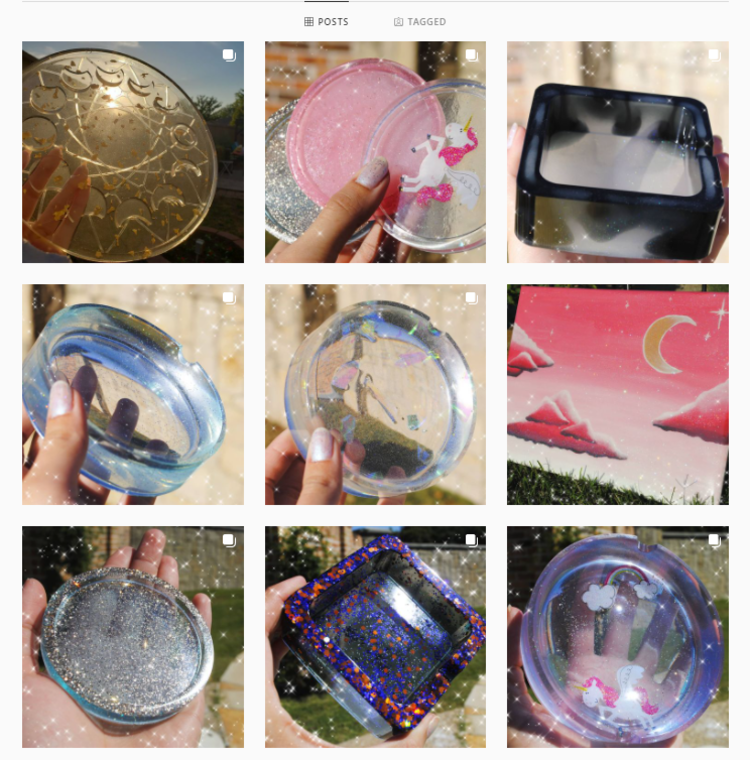
These online communities are making skills and knowledge more accessible. It’s a new age where creators are helping other creators— collaborating rather than competing.
Together they work toward a common goal: to entertain and inform their audiences.
Since social media platforms are typically free to use, many barriers to knowledge and information and success have been eliminated.
Voong, who learned how to sew completely from the internet, started her TikTok with the intent of giving this knowledge back to other beginners.
“I want to contribute in that way and have people who can’t afford it or have the time to learn it properly to be able to,” she said. “The same way I did.”
Not only are her sewing videos helpful to her viewers, but they’re inspirational.
Voong often receives Direct Messages from people who followed her tutorials and send pictures of their own finished work. One shirt tutorial in particular received lots of engagement.
“It is one of my favorites because it clearly resonated a lot with my audience,” she said.
A TikTok "thrift flip" video by creator Mai Ardour, where she "upcycles" an old sweater.
Gen Zers aren’t just selling products on social media, they’re also transferring knowledge and skills.
These entrepreneurs have made their own valuable expertise — like sewing, learning a foreign language and cover-letter and resume writing —accessible to the public.
“Younger entrepreneurs are really taking advantage of the resources they have in front of them,” said Sawyer. “Still working equally as hard [as other generations] but having different results.”
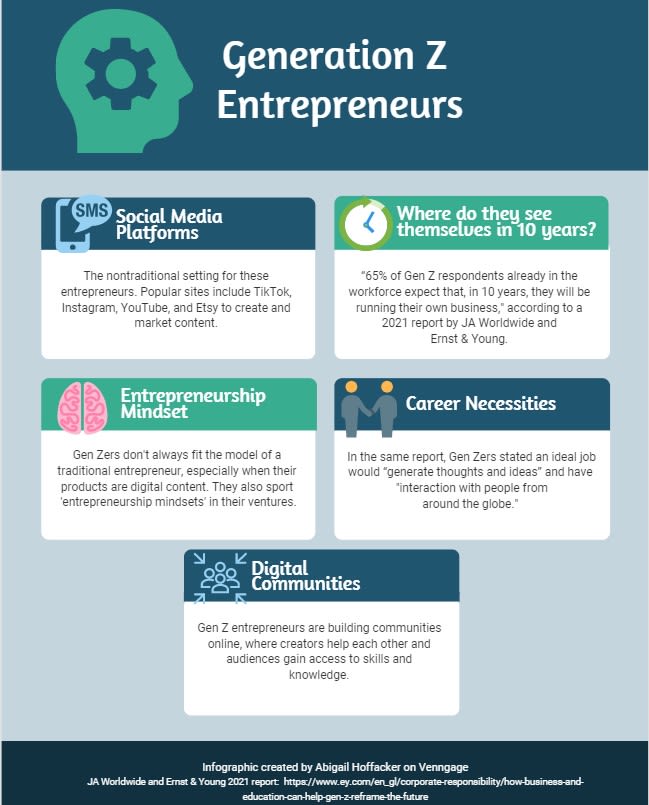

This story is one in a series about how Generation Z functions, interacts and incites change in today's world.
Read the next story to explore more about Gen Z in the working world and how social media has impacted the workplace.

